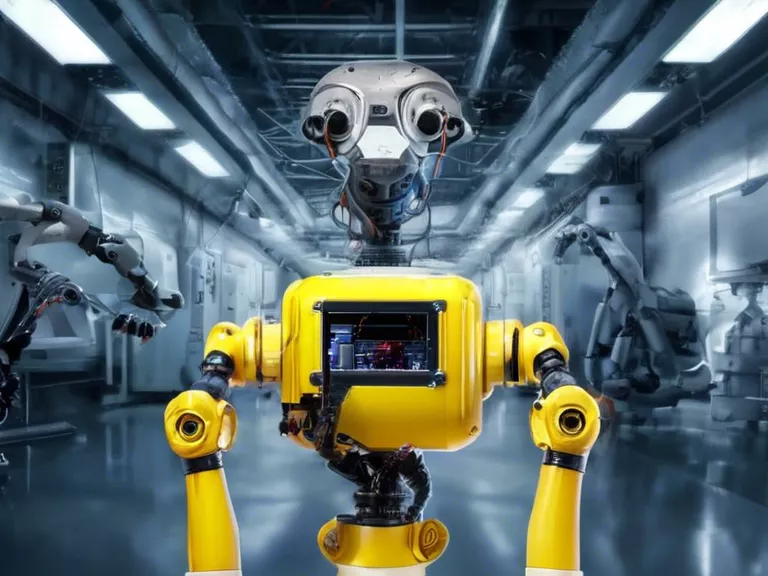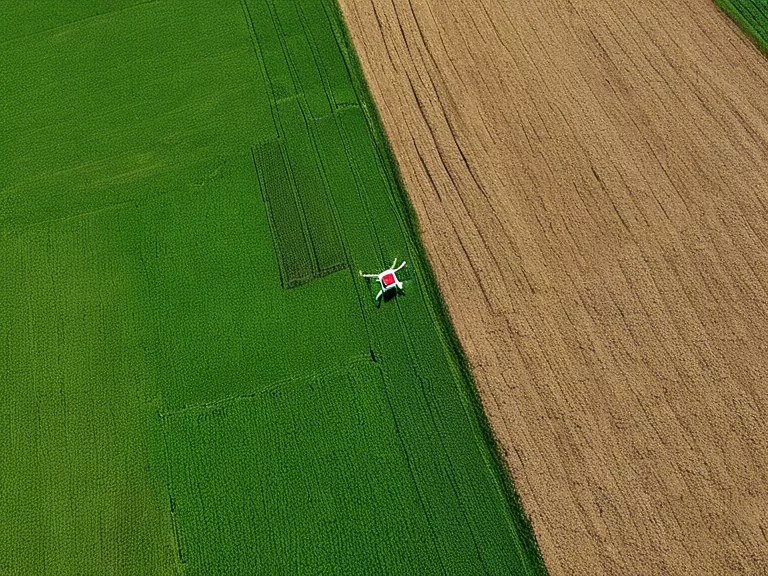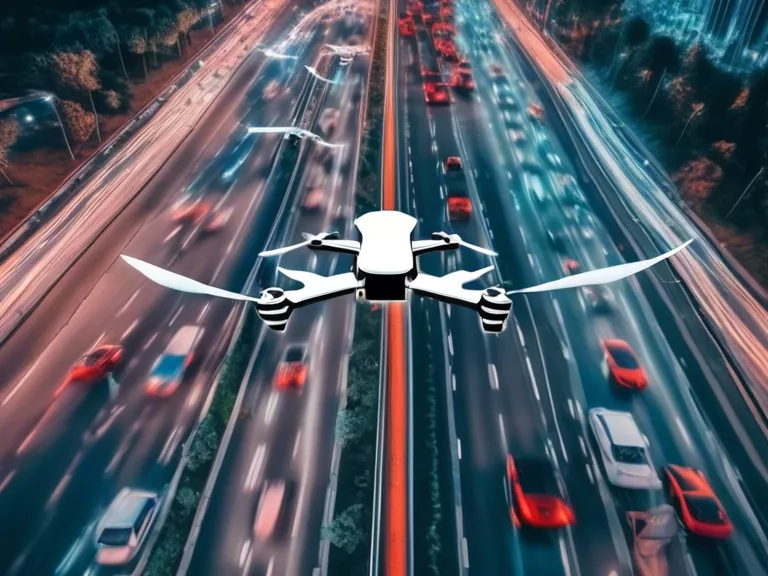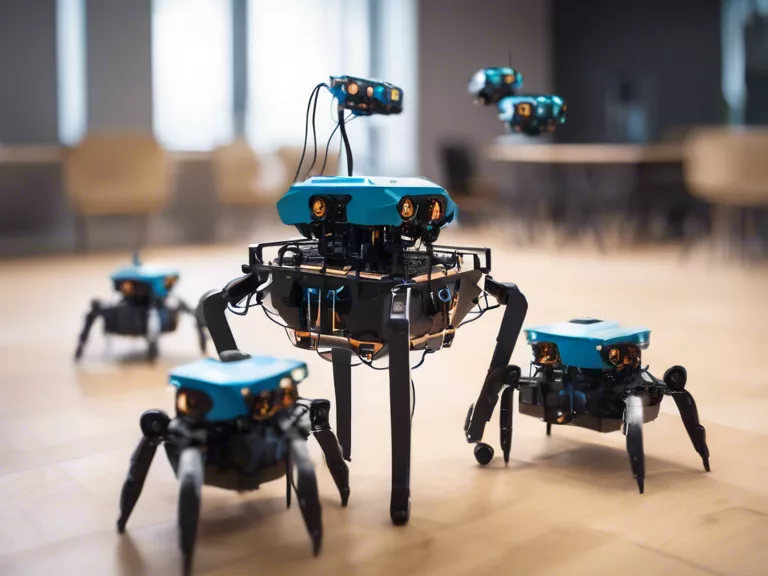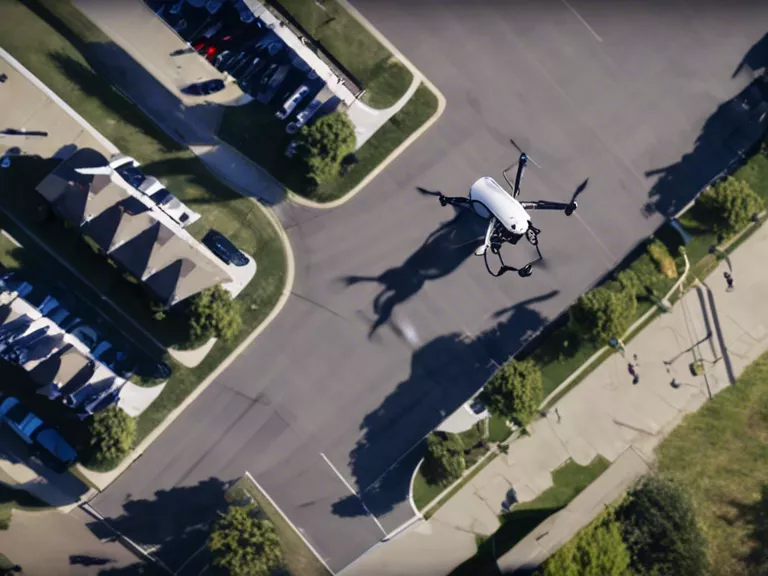
Drones have become valuable tools for law enforcement and emergency services, providing a wide range of benefits in various situations. From search and rescue missions to surveillance operations, drones are revolutionizing the way these agencies operate. In this article, we will explore how drones are assisting law enforcement and emergency services in their daily operations.
Drones play a crucial role in search and rescue missions by providing a bird's-eye view of the area, allowing authorities to cover large areas quickly and efficiently. Equipped with thermal imaging cameras, drones can detect heat signatures, making it easier to locate missing persons or individuals in distress. This technology has proven to be invaluable in situations where time is of the essence.
In addition to search and rescue operations, drones are also used for surveillance purposes by law enforcement agencies. Drones can monitor large crowds during events or protests, providing real-time footage to authorities on the ground. This allows law enforcement to maintain a safe distance while still keeping a close watch on the situation. Drones can also be used to gather evidence in criminal investigations, capturing aerial footage of crime scenes or accident sites.
In emergency situations such as natural disasters or wildfires, drones are deployed to assess the extent of damage and plan rescue efforts. Drones equipped with high-definition cameras can provide detailed mapping of affected areas, helping authorities coordinate their response effectively. By providing real-time data and imagery, drones enable emergency services to make informed decisions quickly, potentially saving lives in the process.
Overall, drones have proven to be valuable assets for law enforcement and emergency services, offering a cost-effective and efficient solution to various operational challenges. As technology continues to advance, drones will likely play an even larger role in assisting these agencies in the future.
